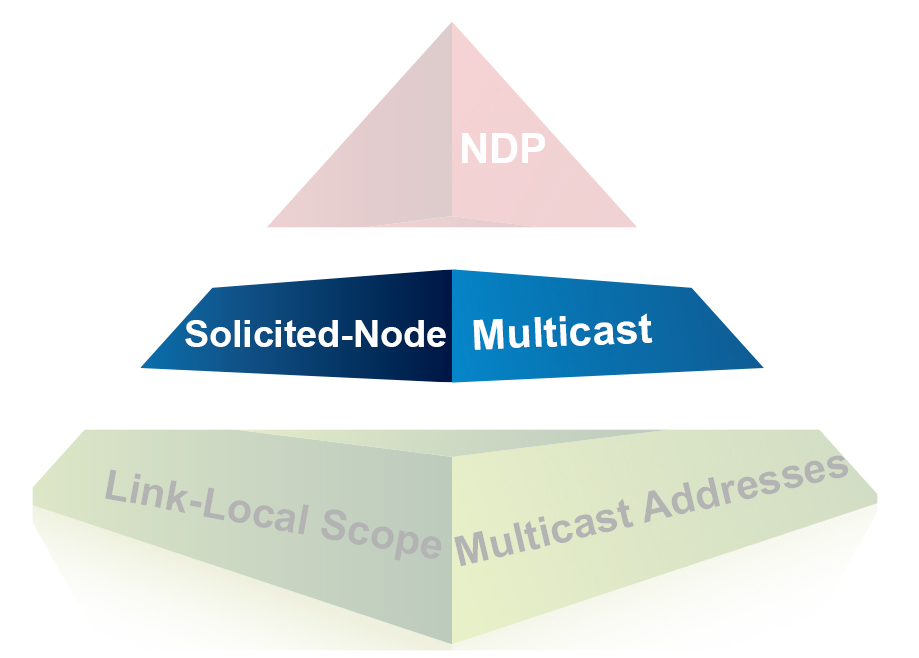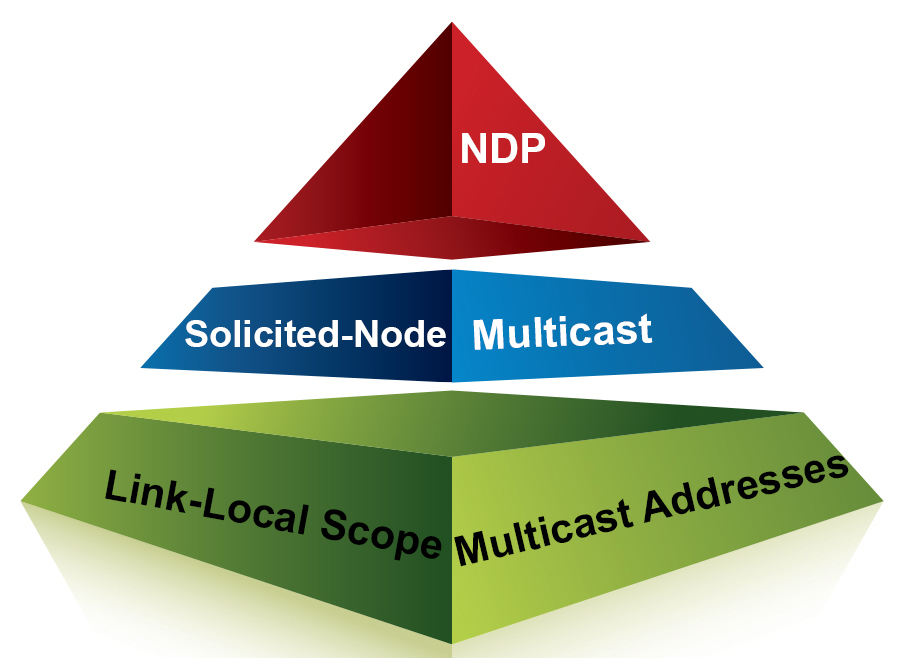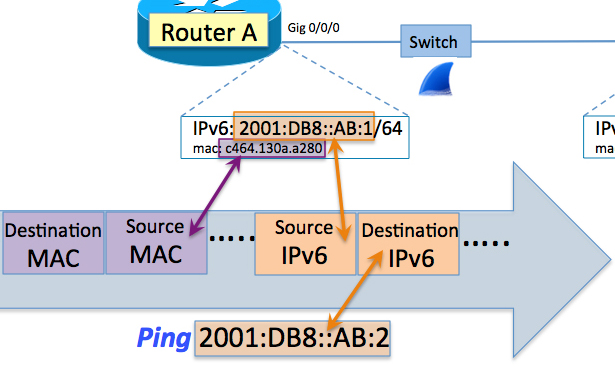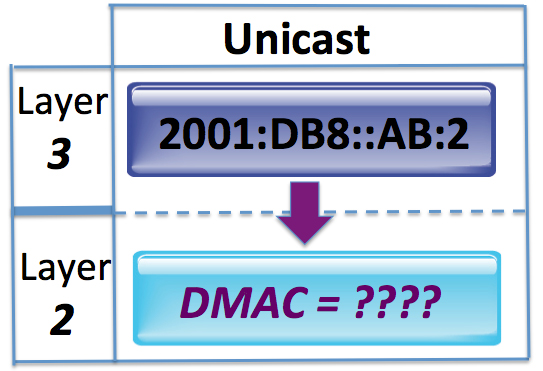HPE Cues Up Network Monitoring Software
 The latest version of NNMi provides visibility across physical and virtual infrastructures.
The latest version of NNMi provides visibility across physical and virtual infrastructures.
What’s Ahead For SDN In 2016
Dan Pitt, executive director of the Open Networking Foundation, shares the ONF's predictions for how software-defined networking will evolve next year.#WhoIS is BACK!
WOW it has been a long time. It has taken life and career changes to get me back to the point that I have been able to really think about picking this up again. I have had amazing feedback from the original audience and I am hoping to do even better for you al this …Running Open Daylight in Production Network on Software Gone Wild
Nick Buraglio used OpenDaylight and OpenFlow-enabled switches to build a part of the exhibition network of a large international supercomputing conference and was kind enough to talk about his real-life experience in Episode 47 of Software Gone Wild.
We covered:
Read more ...Stretch’s Hierarchy of Network Needs
Remember Maslow's hierarchy of needs from school? The theory asserts that every human shares the same set of basic physical and psychological needs in order to be happy, with more primal needs like food and shelter taking precedence over emotional needs like love and companionship.

A while back, I was pondering what would be necessary to fully automate a network, and it occurred to me that a very similar hierarchy of needs can be laid out for a computer network to achieve its optimal state.
1. A Functioning Network
At the very bottom of the hierarchy is everything a network requires to function: Routers, switches, cabling, power, and so on, just as tier one of Maslow's hierarchy encompasses everything a human needs to stay alive. At this stage, a network can function, and can even function well, but it cannot adapt or grow.
Many small businesses operate their networks at this stage for years with no major problems. After all, when left alone, computers and networks tend to just keep chugging along. And if your entire network comprises a cable modem, a switch, and a few access points, it's entirely possible that it will run for years without needing Continue reading
Stretch’s Hierarchy of Network Needs
Remember Maslow's hierarchy of needs from school? The theory asserts that every human shares the same set of basic physical and psychological needs in order to be happy, with more primal needs like food and shelter taking precedence over emotional needs like love and companionship.

A while back, I was pondering what would be necessary to fully automate a network, and it occurred to me that a very similar hierarchy of needs can be laid out for a computer network to achieve its optimal state.
1. A Functioning Network
At the very bottom of the hierarchy is everything a network requires to function: Routers, switches, cabling, power, and so on, just as tier one of Maslow's hierarchy encompasses everything a human needs to stay alive. At this stage, a network can function, and can even function well, but it cannot adapt or grow.
Many small businesses operate their networks at this stage for years with no major problems. After all, when left alone, computers and networks tend to just keep chugging along. And if your entire network comprises a cable modem, a switch, and a few access points, it's entirely possible that it will run for years without needing Continue reading
Stretch’s Hierarchy of Network Needs
Remember Maslow's hierarchy of needs from school? The theory asserts that every human shares the same set of basic physical and psychological needs in order to be happy, with more primal needs like food and shelter taking precedence over emotional needs like love and companionship.

A while back, I was pondering what would be necessary to fully automate a network, and it occurred to me that a very similar hierarchy of needs can be laid out for a computer network to achieve its optimal state.
1. A Functioning Network
At the very bottom of the hierarchy is everything a network requires to function: Routers, switches, cabling, power, and so on, just as tier one of Maslow's hierarchy encompasses everything a human needs to stay alive. At this stage, a network can function, and can even function well, but it cannot adapt or grow.
Many small businesses operate their networks at this stage for years with no major problems. After all, when left alone, computers and networks tend to just keep chugging along. And if your entire network comprises a cable modem, a switch, and a few access points, it's entirely possible that it will run for years without needing Continue reading
Hello world!
Welcome to WordPress. This is your first post. Edit or delete it, then start writing![[ Summary content only, you can read everything now, just visit the site for full story ]]
Cloonix Network Simulator updated to v28
The Cloonix development team recently released a major update to the Cloonix network simulator.
Cloonix version 28 makes major changes to the infrastructure of Cloonix. It changes the installation procedure, the location of Cloonix files on your computer, and the names of the commands used to start and administer Cloonix.

Cloonix version 28 also makes changes to the features available to users. It adds support for multiple Cloonix servers running on the same machine, and standardizes and documents the new interface types used to connect virtual machines to each other.
Read the rest of this post for more details about what’s new in Cloonix v28.
Using Cloonix
In this post, I wrote some examples to show how to use the changed features in Cloonix v28 but I will not discuss the basics of using Cloonix because I assume the reader is already familiar with Cloonix.
If you are not already familiar with Cloonix, you should read the Cloonix documentation. Also, I have written many posts about using the Cloonix network simulator. Please check these posts if you need more information about using Cloonix.
Install Cloonix
The procedure to install Cloonix v28 has changes slightly — one new software dependency has Continue reading
Obsessive Efficiency Disorder
I read this blog post from Mattias Geniar and I think he gave a name of a concept I had in my mind from years. It started a while ago when I tried to find a more efficient ways to do my daily work and it got bigger and bigger up to be almost an… […]Custom events
Measuring Page Load Speed with Navigation Timing describes the standard instrumentation built into web browsers. This article will use navigation timing as an example to demonstrate how custom sFlow events augment standard sFlow instrumentation embedded in network devices, load balancers, hosts and web servers.The JQuery script can be embedded in a web page to provide timing information:
$(window).load(function(){
var samplingRate = 10;
if(samplingRate !== 1 && Math.random() > (1/samplingRate)) return;
setTimeout(function(){
if(window.performance) {
var t = window.performance.timing;
var msg = {
sampling_rate : samplingRate,
t_url : {type:"string",value:window.location.href},
t_useragent : {type:"string",value:navigator.userAgent},
t_loadtime : {type:"int32",value:t.loadEventEnd-t.navigationStart},
t_connecttime : {type:"int32",value:t.responseEnd-t.requestStart}
};
$.ajax({
url:"/navtiming.php",
method:"PUT",
contentType:"application/json",
data:JSON.stringify(msg)
});
}
}, 0);
});The script supports random sampling. In this case a samplingRate of 10 means that, on average, 1-in-10 page hits will generate a measurement record. Measurement records are sent back to the server where the navtiming.php script acts as a gateway, augmenting the measurements and sending them as custom sFlow events.<?php
$rawInput = file_get_contents("php://input");
$rec = json_decode($rawInput);
$rec->datasource = "navtime";
$rec->t_ip = array("type" => "ip", "value" => $_SERVER['REMOTE_ADDR']);
$msg=array("rtflow"=>$rec);
$sock = fsockopen("udp://localhost",36343,$errno,$errstr);
if(! $sock) { Continue reading
SDxCentral Weekly News Roundup — December 11, 2015
 Ericsson wins network management deal with Swisscom; Nokia signs 5-year contract with Wind Mobile.
Ericsson wins network management deal with Swisscom; Nokia signs 5-year contract with Wind Mobile.
“Understanding IPv6” – 7 Part IPv6 Network Computing Series
Newer to IPv6? Know it some but just want to go a little bit deeper? I realized I never put up here on my web site my 7 part … labor of love…. IPv6 blog series I did over on Network Computing. 
Understanding IPv6: The Journey Begins
Why is IPv6 so difficult to understand? Fish explains how she began unraveling this complex topic.
Understanding IPv6: Link-Local ‘Magic’
Fish performs a little IPv6 sleight of hand in the second post in her series on IPv6.
Understanding IPv6: A Sniffer Full Of 3s
Fish explores Wireshark sniffer traces in order to understand the difference between IPv4 and IPv6 addressing.
Understanding IPv6: What Is Solicited-Node Multicast?
Fish lays down the basics of solicited-node multicast, which provides the functionality for Neighbor Discovery in IPv6 addressing.
Understanding IPv6: Prepping For Solicited-Node Multicast
Before jumping into solicited-node multicast, a review of link-local scope multicast addresses is helpful.
Understanding IPv6: The Ping Before Solicited-Node Multicast
Fish gets ready to walk through solicited-node multicast, analyzing an ICMP ping echo request in IPv4 and showing how it differs from IPv6.
Understanding IPv6: Solicited-Node Multicast In Action
In the Continue reading
DockerCon EU 2015 Videos: Ecosystem
Videos from the Ecosystem track at DockerCon EU 2015 are now available! Watch the recorded sessions and check out the slides below. Up next are the videos from both days of the Docker, Docker, Docker track – stay tuned for an … ContinuedTwo Months Say More Than $45 Billion
Facebook CEO Mark Zuckerberg's decision to take 2 months of paternity leave may have a bigger impact than giving away $45 billion. Here's why.
The post Two Months Say More Than $45 Billion appeared first on Packet Pushers.







